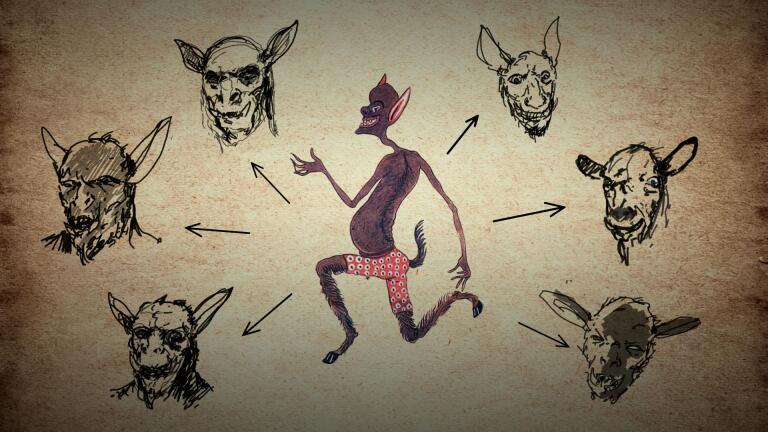Back to Show
Monstrum
The Origins of ‘Big Bug’ Science Fiction
Season 3
Episode 14
Insects make up 80 percent of the world’s species, so it's not all that surprising we’ve occasionally made them into monsters in science fiction and horror. What is staggering is why the “big bug” subgenre took off in the 1950s. Find out how nuclear weapons, the suburbs, the Cold War, and the pest control industry all contributed to a beloved film subgenre in this episode.
Support Provided By

9:07
Why is Korea’s most famous monster, Dokkaebi, really not scary?

9:11
Bats have long been symbols of death and darkness. But why?

9:46
Ever wake up feeling drained? Maybe the Boo Hag's been riding you.

9:01
The okapi sounds made-up—but it’s very real (and very cute).

10:20
What makes a monster?

10:27
How did Van Helsing go from academic in Dracula to action hero icon?

14:27
Was the 1952 Flatwoods Monster sighting an alien, a Cold War experiment, or mass hysteria?

8:36
Lore of the ghostly whale skeleton, Bake-kujira, reveals an ominous twist of the marine giants.

10:33
Let’s talk about the eerie and unsettling legend of changelings.

7:11
Rooted in Greek culture, the Christmas monster Kallikantzaros is a goblin-like creature.

8:15
You think you know Gremlins—but their story is far deeper than just the 1984 movie.

32:44
Let’s talk slasher films–their origins, their lasting impact, and why we love them so much!











